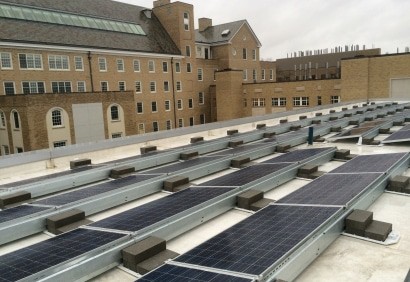As many could predict, recent reports confirm that the future of the United States’ energy could be from rooftop solar.
With all of the advances within the industry, this should surprise very few people and cause many to shift focus on adapting for the future.
Overview
The National Renewable Energy Laboratory has found that nearly 40% of electricity in the U.S. could come from rooftop solar photovoltaics, according to their recent study.
It is predicted that a total of 1,118 gigawatts could be present on rooftops here in the U.S. before too long.
This number is nearly double the previous estimate of 644 gigawatts that was calculated by the NREL back in the year 2008.
The increase is due mostly to increasing module power density, more granular data and a better grasp of building suitability for solar.
National Renewable Energy Laboratory Report
NREL’s report is cumulated from three years of research effort and represents a significant advancement in their understanding of the large potential for rooftop PV to contribute to meeting electricity demand.
They brought together ZIP-code-level data with rooftoop suitability characteristics, including light detection and ranging data along with technical generation potential, to model the rooftop PV capacity of 128 cities. Those cities represent about 25% of the building stock in the U.S. and 40% of the population. Then, NREL ran two models, one for smaller buildings under 5,000 sq. feet and another for medium-size and larger buildings.
A key factor in determining a state’s overall potential for solar PV to offset electricity generation was the per-capita energy consumption. The top 6 states as stated by NREL, all had significantly below-average levels of household energy consumption. For any state that wants to make the most of solar incentives, energy efficiency should also be a top priority.
When it came to larger buildings, many were suitable for solar, but the flat roots typical among these types of structures mean that the space cannot be used as efficiently as it can on tilted roofs. This could change according to the NREL due to racking and module-packing techniques that improve the usability of flat roofs.






